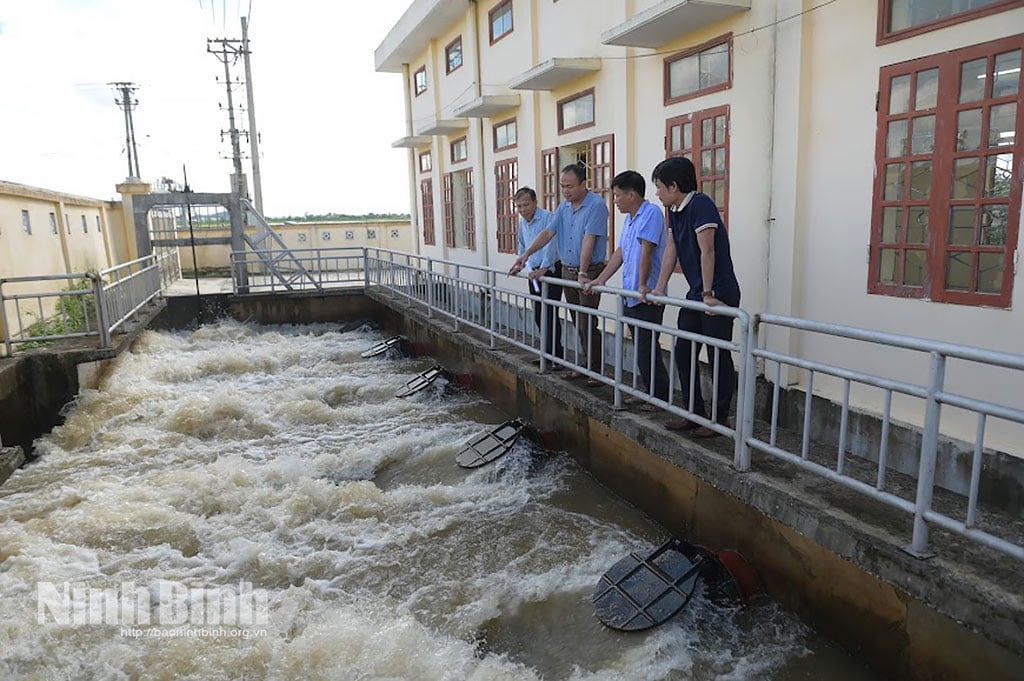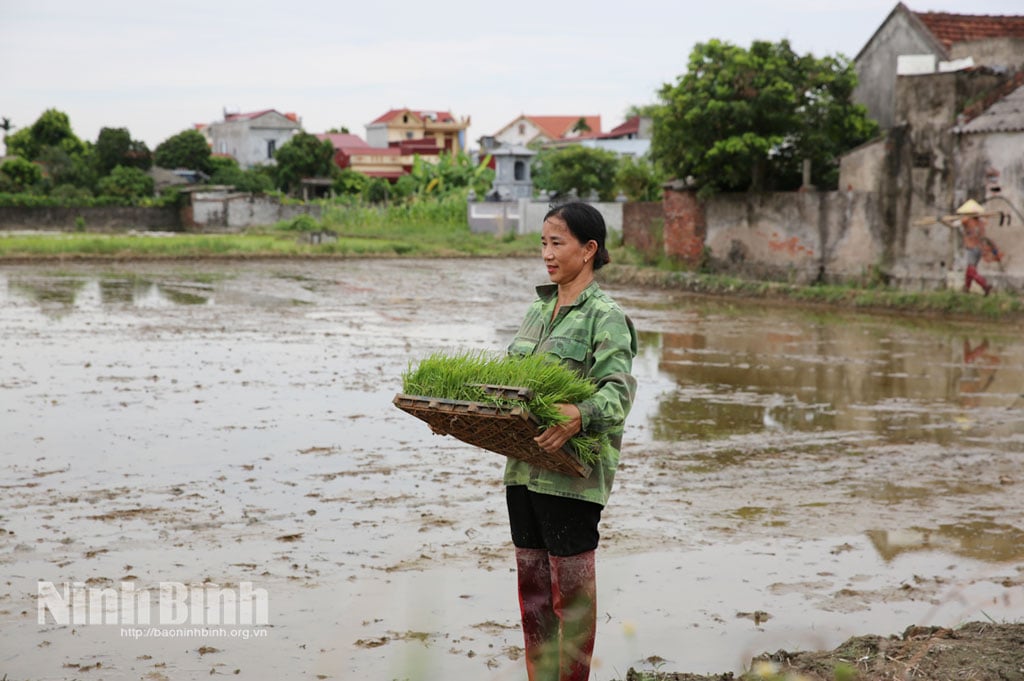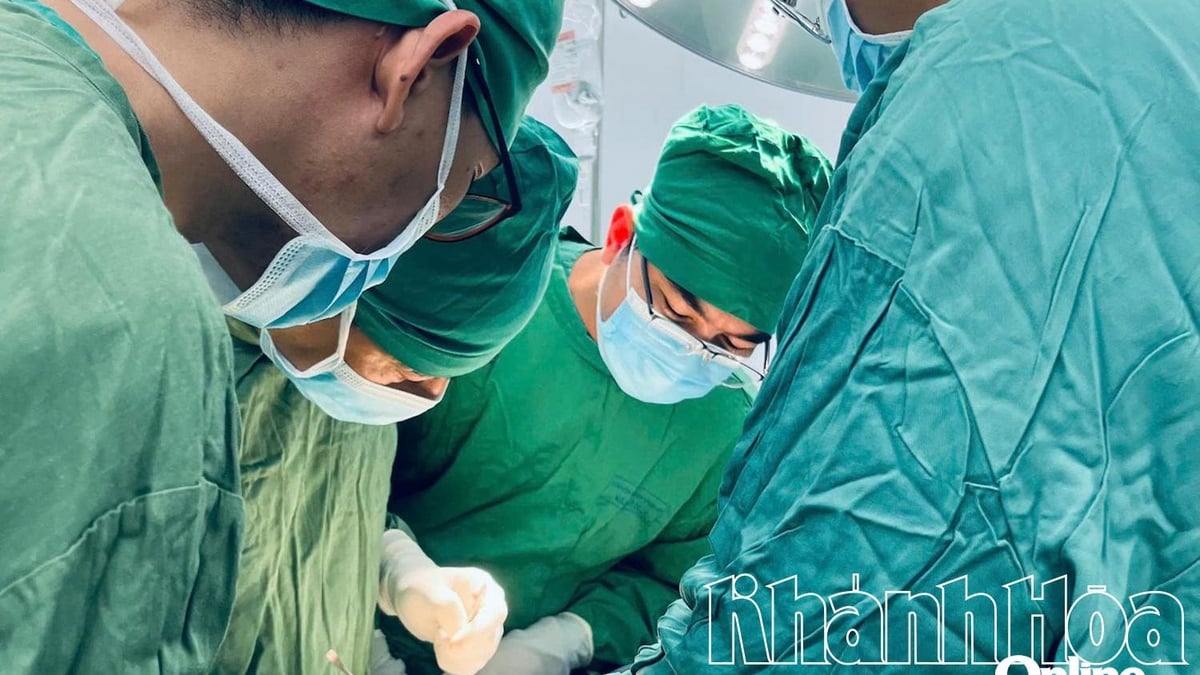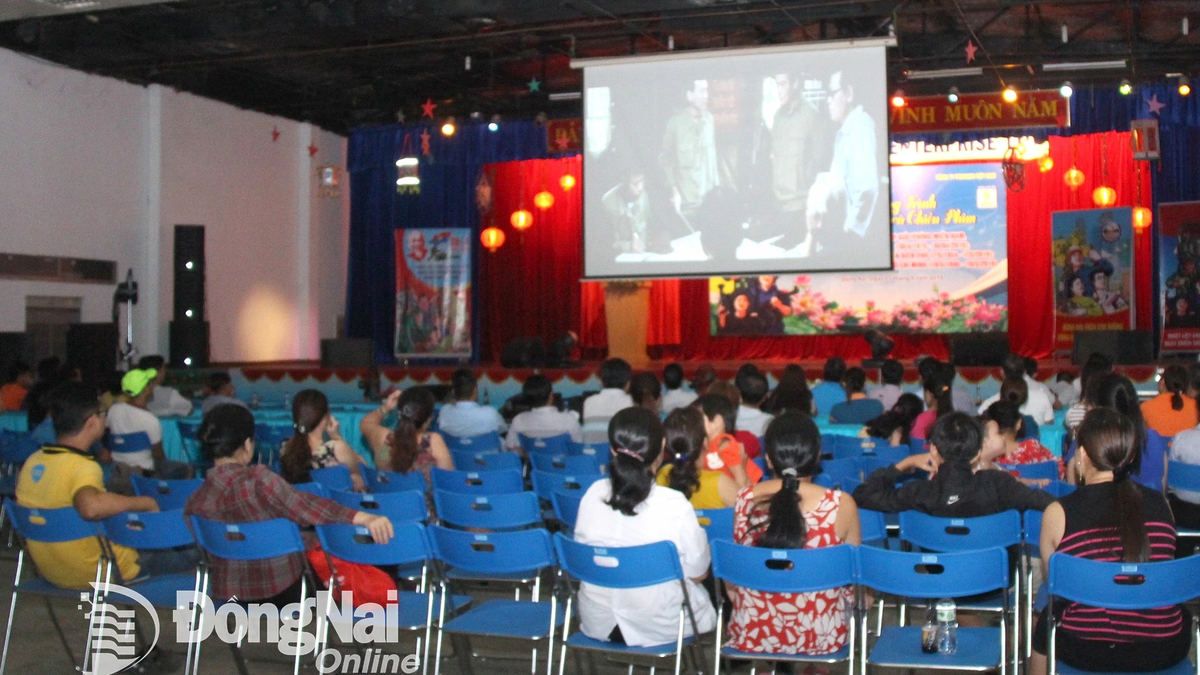The upper irrigation cluster of Vu Ban Irrigation Works Exploitation One Member Co., Ltd. is always ready to operate drainage pumps when required.
Faced with that situation, localities have proactively developed and are ready to operate flood control plans to protect newly planted rice areas, minimize damage, and ensure safe production.
According to the plan, this year's crop, the whole province planted over 127 thousand hectares of rice. As of July 17, nearly 84 thousand hectares have been completed, reaching about 65% of the plan. This is a very sensitive stage for rice plants, because they have just been transplanted or sown, the roots are still weak, and the plants have not yet taken root. If there is prolonged heavy rain causing flooding, the rice is susceptible to root rot, yellow leaves, and plant death, forcing replanting, prolonging the season and increasing costs for farmers.
According to the forecast of the National Center for Hydro-Meteorological Forecasting, from now until the end of July, the area may experience 1-2 heavy rains, with rainfall ranging from 100-200 mm, and in some places over 300 mm. Low-lying areas along the Hoang Long River, Red River, Day River, Ninh Co River, and many communes such as Nho Quan, Yen Khanh, Kim Son, Nam Ninh, Phong Doanh, Hai Thinh... are identified as being at high risk of flooding if there are no timely response measures.
To protect the newly planted rice crop, local authorities have directed agricultural service cooperatives to urgently review and develop drainage plans for each level of rainfall. La Son Agricultural Service Cooperative (Binh My Commune) with a rice crop area of over 500 hectares is located in the low-lying area at the end of the drainage system. To ensure drainage, the cooperative has proactively repaired and maintained all 14 electric pumping stations in the fields with 30 units (capacity of 1,000 - 4,000 m³/hour), dredged more than 5,000 m³ of soil in the canals in the fields and organized the dredging of the flow, ready to operate when there is heavy rain. Comrade Nguyen Huu Duc, Chairman of the Board of Directors and Director of La Son Agricultural Service Cooperative, said: “With careful preparation, the irrigation system of the cooperative is capable of draining about 200mm of rain for 3 consecutive days. Areas that are too low and far from the main drainage channel will be isolated and drained locally using mobile field pumps.”
At the Upper Irrigation Cluster under the management of Vu Ban Irrigation Works Exploitation Company Limited, the monitoring and operation of the pumping station is also closely implemented. Comrade Nguyen Xuan Cuong, Cluster Leader said: “With the task of draining water for more than 500 hectares of rice in Vu Ban and Hien Khanh communes and Truong Thi and My Loc wards, we have assigned staff to regularly stay in the area to closely monitor weather developments, surface water levels, and canals. When it rains, we will immediately organize the operation of pumping teams to drain water according to the level and actual rainfall to protect the rice fields of the localities. In conditions of heavy and prolonged rain, the station will organize to isolate the area and arrange 9 more mobile pumps with a capacity of 100m3/hour to pump and drain water for lower-lying areas…”.
Farmers in Hien Khanh commune prepare rice seedlings for the winter-spring rice crop.
Irrigation companies in the area also proactively coordinate with cooperatives to organize dredging of canals, remove trash and duckweed, ensuring smooth drainage. Comrade Tran Xuan Bach, Director of Bac Nam Ha Irrigation Works Exploitation Company Limited said: “To improve the effectiveness of preventing flooding for the winter-spring rice crop, the Company proactively coordinates with irrigation companies and agricultural service cooperatives in the area to regularly inspect and dredge the intra-field canal system; organize forces on duty, promptly detect and handle trash and duckweed in canals and drainage sluices, ensuring smooth flow and fast drainage.
Flood drainage pumping stations operate in rotation, prioritizing deep-lying areas; inter-commune pumping stations and irrigation clusters coordinate smoothly according to the mechanism of "synchronous pumping, effective drainage" to avoid system overload. The company assigns specific staff to be in charge of each culvert and pumping station; proactively prepares materials and equipment for flood prevention and control such as mobile pumps, suction pipes, generators, sacks, sand, etc. to be ready to handle emergency situations. Agricultural extension officers and grassroots irrigation workers are on duty 24/7 during days of heavy rain and floods.
Along with that, communes and wards have increased propaganda, continuously updated weather forecast information, and instructed people on on-site flood prevention and control measures such as building embankments, preventing overflows, and clearing small streams in the fields.
Following the direction of the Provincial People's Committee, specialized agencies have developed flood control scenarios, clearly defining areas at risk of flooding to proactively arrange human resources and equipment. Shock forces are organized to be on duty at key locations, ready to handle blockages, clear the flow, and ensure the effective operation of the irrigation system.
In the context of increasingly extreme weather, proactive measures to prevent and combat flooding not only contribute to protecting production but are also a vital solution to stabilizing food security. In the coming time, localities need to continue to direct strongly, clearly assign responsibilities to each cadre in charge of the area, closely coordinate between agencies and functional units, and mobilize maximum local resources, maintain safety for the winter-spring rice crop, and strive for a comprehensive victory in the winter-spring crop.
Article and photos: Van Dai - Manh Hung
Source: https://baoninhbinh.org.vn/san-sang-van-hanh-cac-phuong-an-chong-ung-ngap-bao-ve-lua-786164.htm
































































































![[Infographic] In 2025, 47 products will achieve national OCOP](https://vphoto.vietnam.vn/thumb/402x226/vietnam/resource/IMAGE/2025/7/16/5d672398b0744db3ab920e05db8e5b7d)





Comment (0)